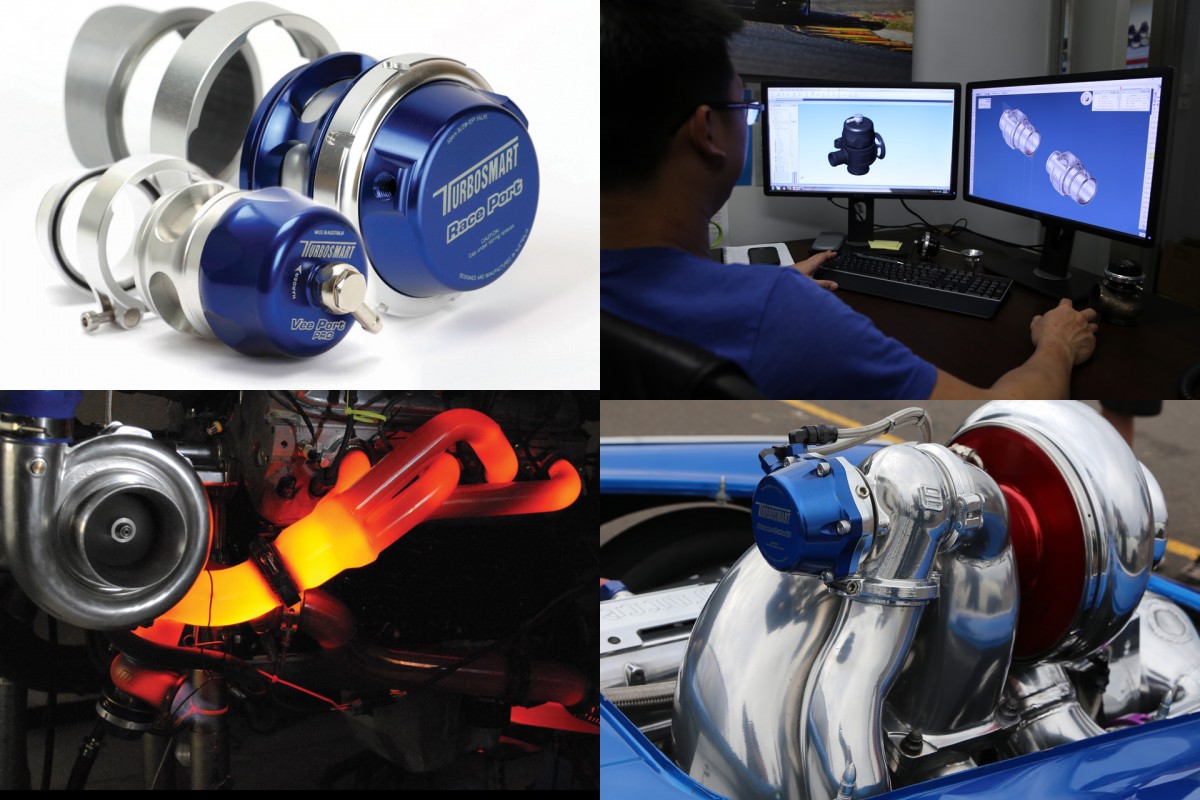
A little while ago we gave you the opportunity to ask Turbosmart’s R&D department questions regarding boost control. We had a solid response to this round of Ask The Expert, and thanks to the Turbosmart tech-heads we now have answers to a bunch of them.
Let’s take a look…
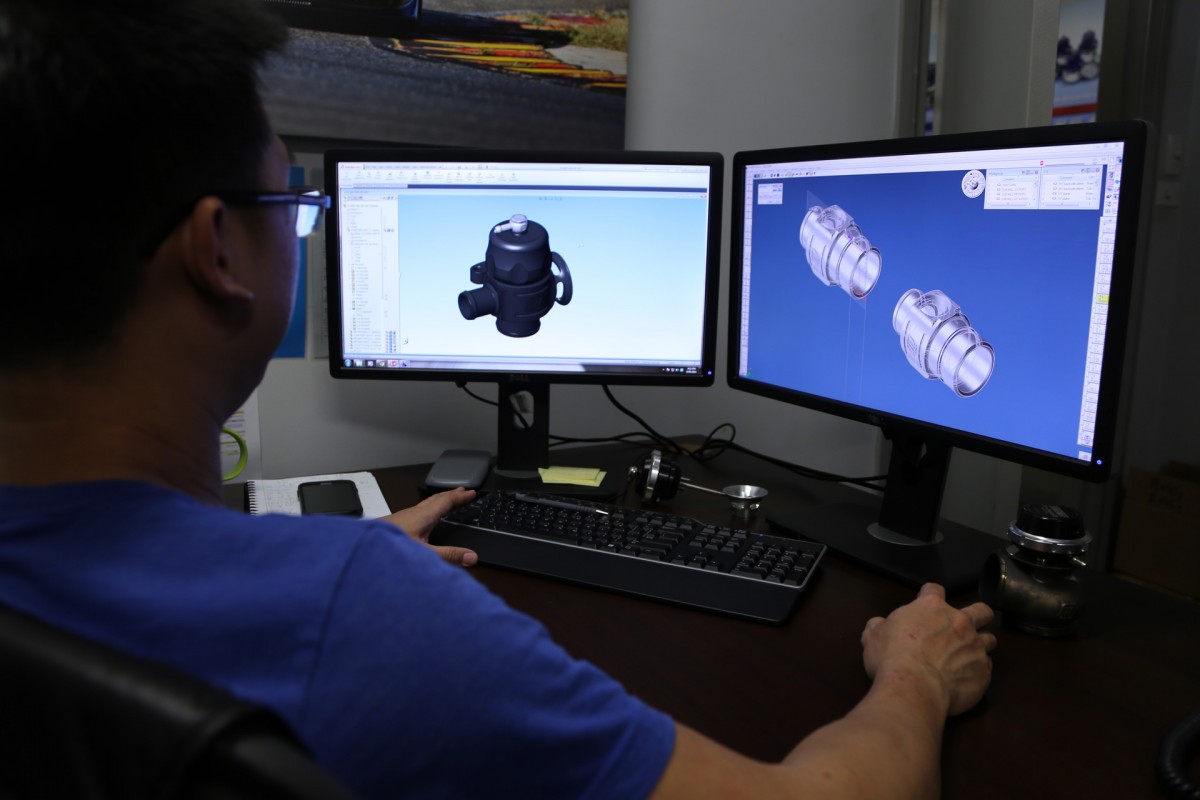
Turbosmart: Thanks for so many great questions! We’d love to answer them all, if only space permitted. Before we begin, it is important to note that every car and every turbocharger setup is slightly different. When it comes to boost control, there are so many variables, and few hard and fast rules. There is almost always more than one way to achieve a set goal, and what works for one vehicle, may not work for another, and vice versa.
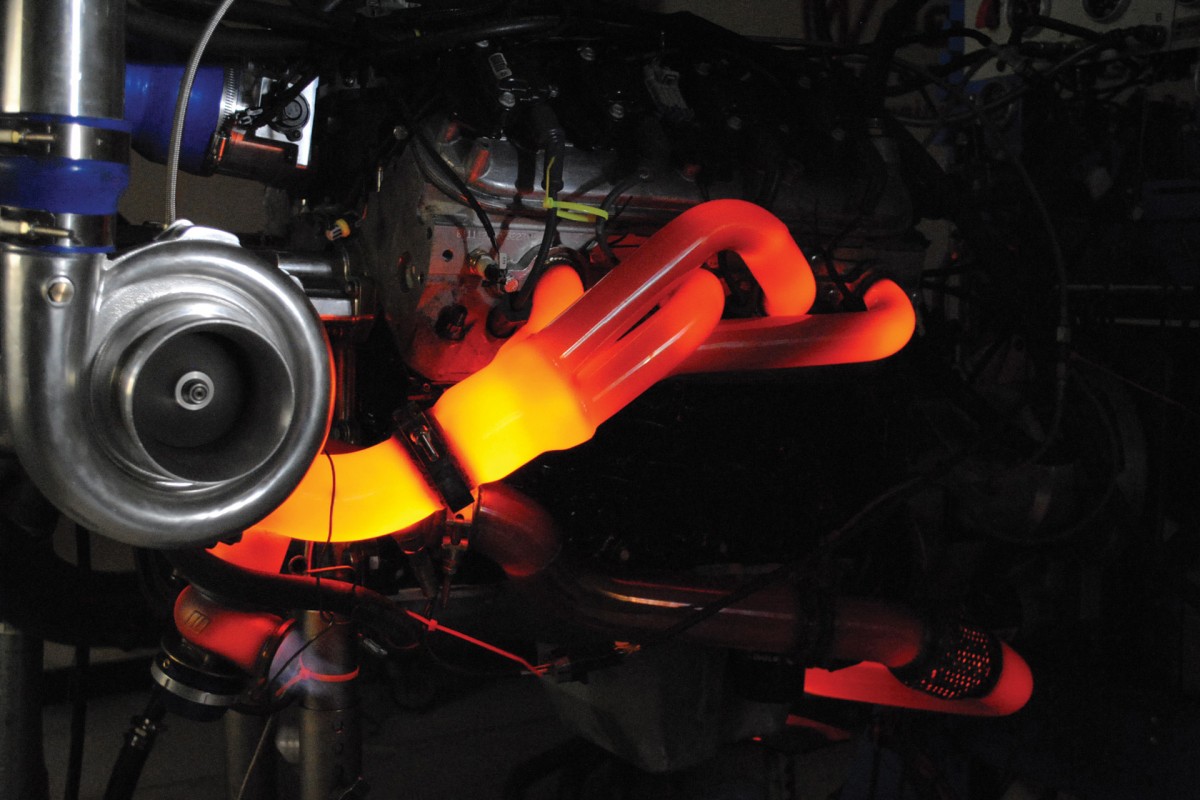
What are the temperature ranges an external gate can handle? More particularity the internal diaphragm. I know some are made with silicone which is usually good till 450-500ºF, how does this no burn up when the wastegates get up to 1000ºF+?
Turbosmart: The wastegate is made up of two parts – the body, and the actuator housing. It is the actuator housing that holds the diaphragm. The bodies of our wastegate range can handle a continuous 900 degrees centigrade (1650ºF) while the actuator housing can handle up to 260 degrees centigrade (500ºF) for brief periods of time. Our external wastegates range incorporate a heat shield and spacing between the wastegate body and the actuator housing assembly, which stops much of the heat from reaching the diaphragm. You’ll find that with adequate cooling and shielding that the actuator housing will stay around 150 degrees C (302ºF) while racing around a track. Temperatures in the housing actually climb dramatically when the car begins to slow down after a track session, normally during the cool down lap. Since the amount of airflow through the engine bay is reduced, the housing rapidly rises in temperature. We have seen up to 320 degrees centigrade (608ºF) after returning to the pits – which was no issue, as the car was stationary, there was no pressure applied to the wastegate at the time. Street driving will result in temperatures far lower than anything seen on the track so it is generally not much of an issue.
Temperatures are normally kept within this range by doing the following things: 1) Point the actuator away from any turbine housing and exhaust manifold and preferably at the front of the engine to receive good airflow. 2) Limit the amount of radiant heat (i.e. unshielded exhaust pipes and turbine housings) the actuator housing is exposed to. 3) Choose the correct wastegate size for the application. If the gate is too small, it can overheat as it cannot dump the exhaust gas effectively. 4) Ensure the dump pipe is correctly sized, and not convoluted in its path. Anything that impedes exhaust flow can trap heat in the gate.
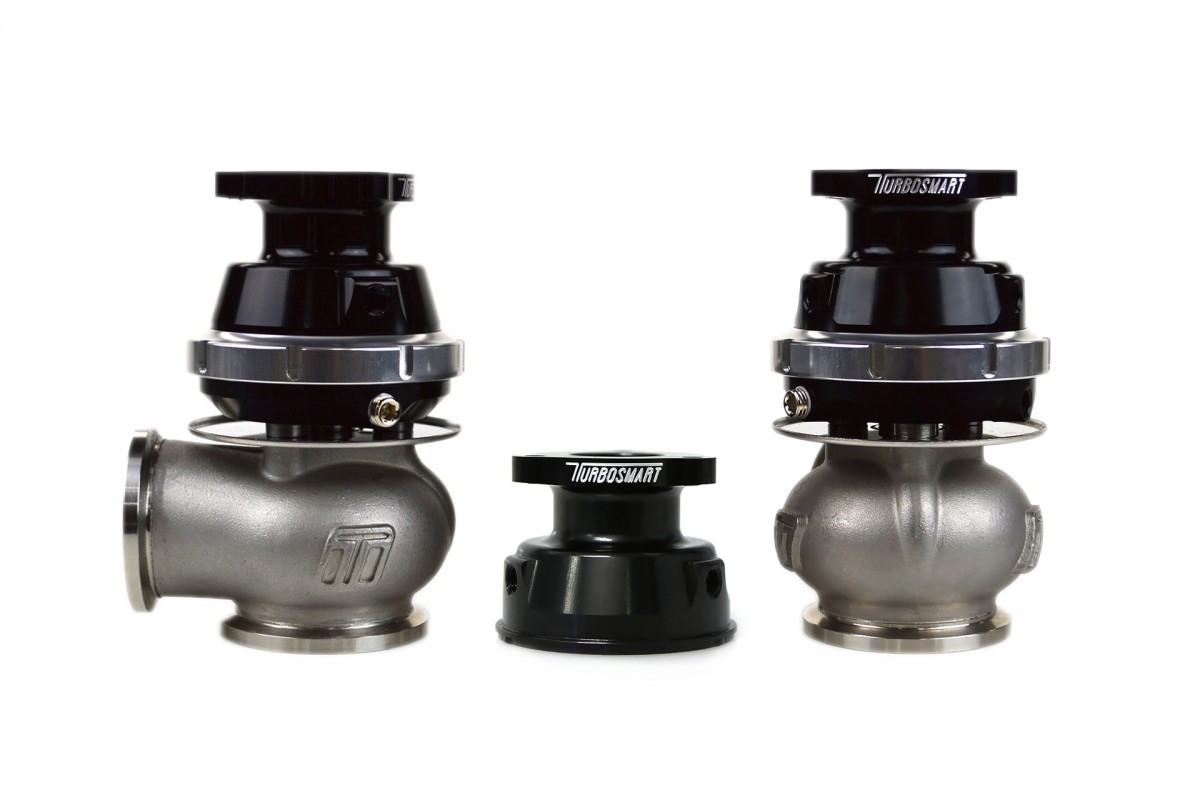
Are external wastegate setups on factory exhaust manifolds ideal or should one stick with an internal turbo/wastegate? Would you prefer a tubular manifold matched with an external wastegate?
Turbosmart: A tuned-length manifold can reduce spool up time and increase turbocharger performance while a cast manifold is generally more physically reliable and compact. As long as the shape of the manifold can allow the wastegate to divert enough exhaust gas to control boost, either manifold design will work. An interesting point to note is that the Mercedes F1 power unit this year uses a simple log manifold (similar in theory to the picture) to reduce heat loss between the engine and turbocharger while allowing better engine packaging.
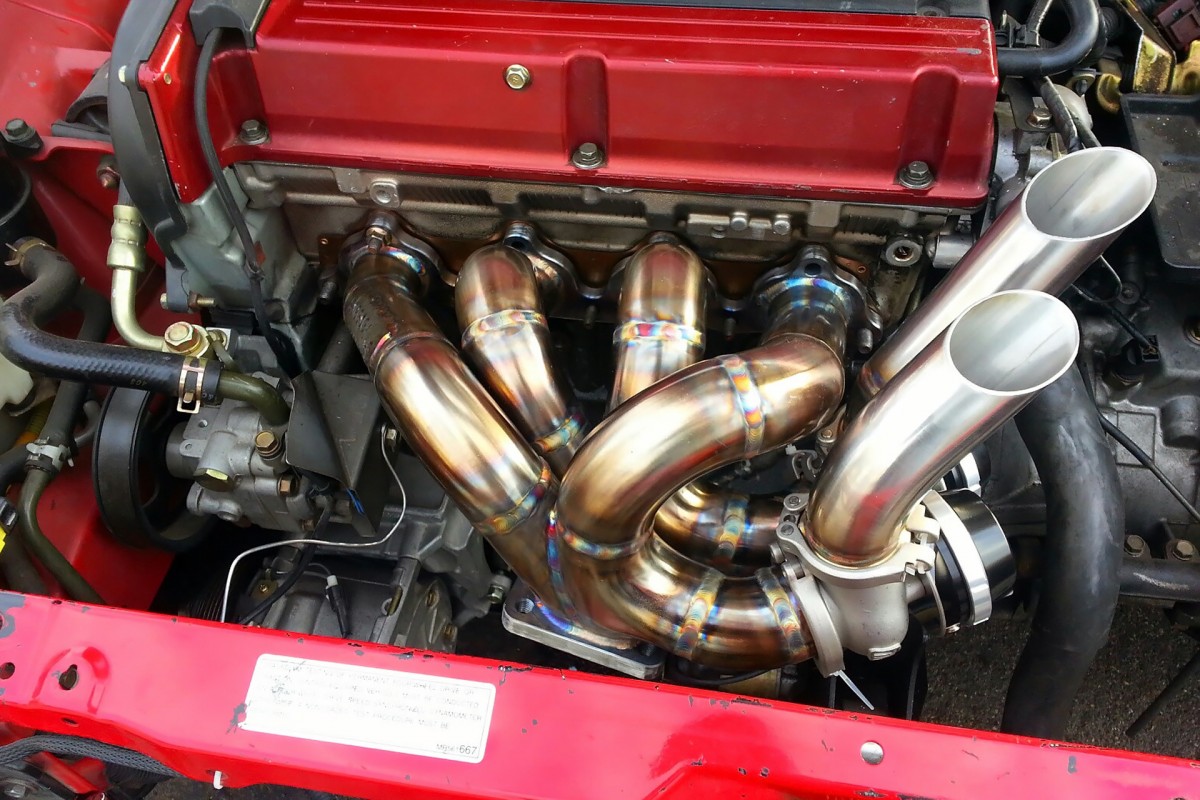
Can you shed some light on wastegate sizing in relation to engine size and power output, i.e. does a high horsepower motor need a bigger wastegate compared to the same motor with low horsepower output? Also, on a twin scroll manifold/turbo setup running an external wastegate will a feed from each scroll into one wastegate be okay, or to do it properly should you run two wastegates, one for each scroll?
Turbosmart: This is a tricky question, and unfortunately there is no easy answer. To determine the correct size of a wastegate you must first look at engine size and target power. This will give you the mass airflow require to produce that power – from that a turbocharger is chosen. Once you know how much mass flow the engine puts out and how much mass flow the turbine requires, you’ll then be able to determine how much mass flow the wastegate needs to bypass to keep the turbine running in its optimum range. As you can see, this throws up an infinite number of variables related to wastegate sizing. All applications differ slightly, so it is best to speak with an experienced engine builder or tuner for advice on what’s been tried and tested. If you are tossing up between two wastegate sizes, it’s always better to go larger as this gives you more ability to control boost with future modifications and it will give the wastegate better heat handling capabilities.
In terms of twin scroll turbochargers, always run twin wastegates as the turbine housing is designed to have split exhaust pulses all the way to the turbine wheel. Using a single wastegate will bridge the exhaust pulse and have a negative effect on turbocharger performance to the point where it will have slower spool up even compared to a single scroll turbocharger.
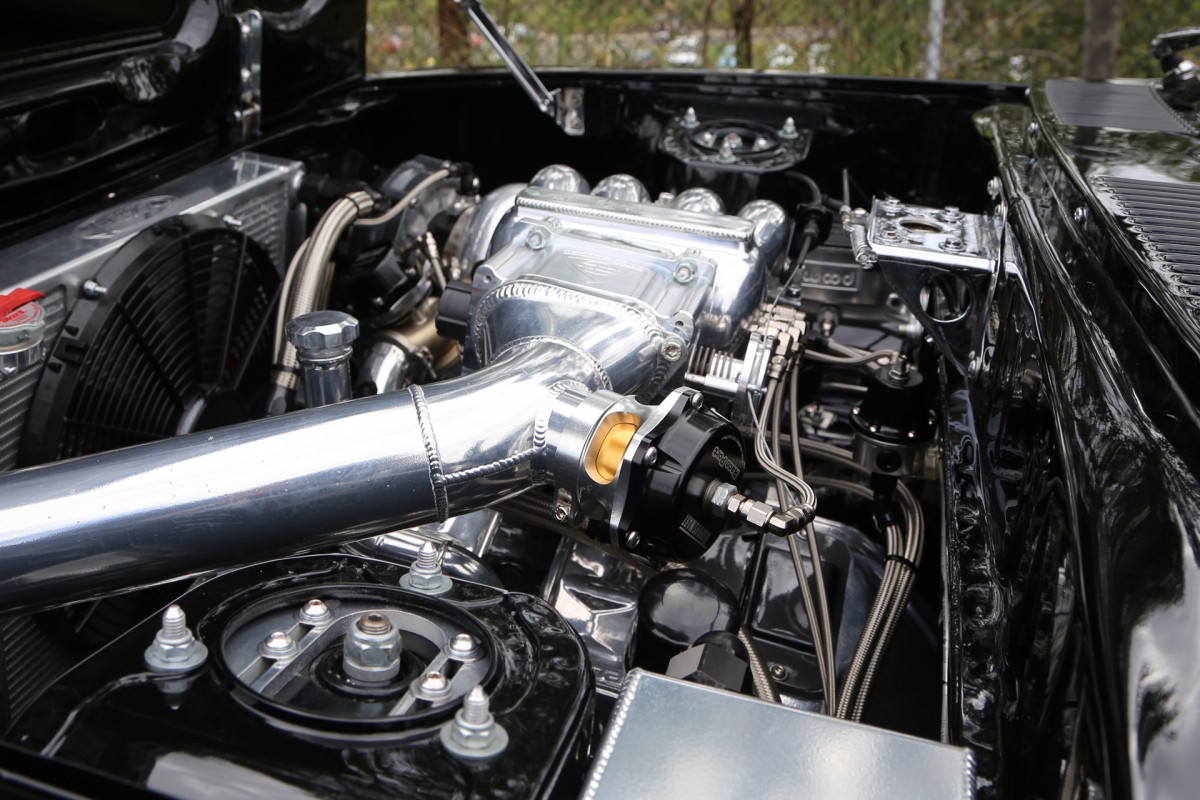
Blow-off valve placement: how much of a difference does it really make – i.e. from next to the throttle to next to the intercooler, or integrated in the compressor housing.
Turbosmart: A blow-off valve really can be mounted anywhere, just as long as it is big enough to flow enough air to keep the compressor off the surge line in the compressor map. Turbocharger manufacturers have begun integrating blow-off valves on the compressor cover as a way of isolating their product from the rest of the engine. It gives them more control over the turbocharger system without having to worry about installation issues affecting the reliability and function of the blow-off valve and turbocharger system. In a recirculating application this means the return path for compressed air returning to the intake is very direct, which enhances response. However, the air has not passed through the intercooler, so it can also be very hot (up to 100 degrees centigrade hotter than ambient air), introducing extra heat into the turbocharger system. The idea behind mounting the blow-off valve before the throttle body is that the airflow through the intake system continues to flow towards the intake manifold when the throttle is shut and the blow-off valve is venting, but when the throttle is reopened, air is still travelling in the same direction requiring less energy and time for the turbocharger to return to operating speeds. In a recirculating application the return path from the valve to the intake is much longer, however the recirculated air will be much cooler (only up to 50 degrees centigrade hotter than ambient air), thus not adding as much heat into the turbocharger system.
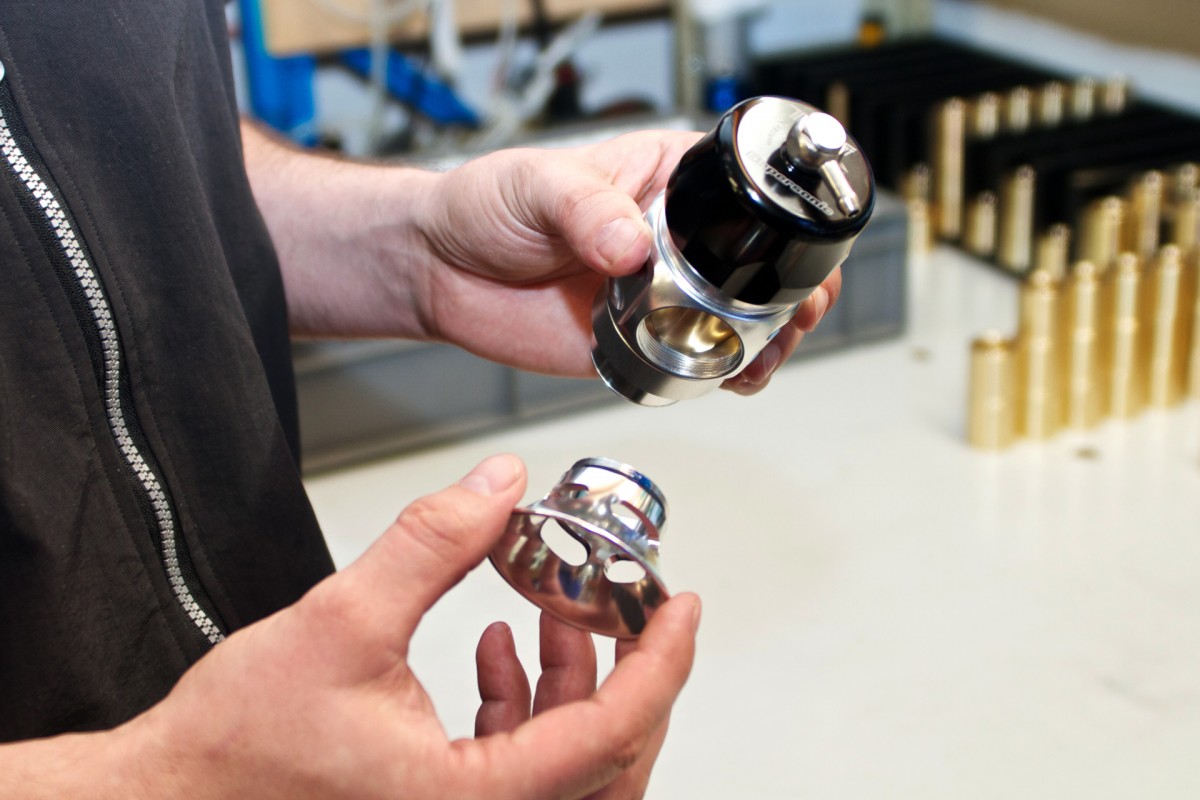
What are the pros and cons of a blow-off valve versus recirculation? I have heard many pointless arguments on forums debating why each is better for which application but mostly it sounds like a lot of smoke from people who really don’t know what they are talking about
Turbosmart: Blow-off valve - Pros: greater flow capabilities, does not recirculate any heated air back into the turbocharger system (even air that has been through an intercooler can be up to 50 degrees centigrade hotter than ambient air, simpler and lighter installation (no need for extra pipes and fittings to recirculate). Cons: slower response at low throttle movements as the use of a stiff spring is required to keep the blow-off valve closed at idle.
Bypass valve – Pros: fast valve response, quiet, no adjustment required. Cons: additional piping and fittings needed to recirculate air, flow limited by outlet fitting and return hose size, lighter spring can increase turbocharger spool up time, adds heat into the turbocharger system by recirculating heated air.
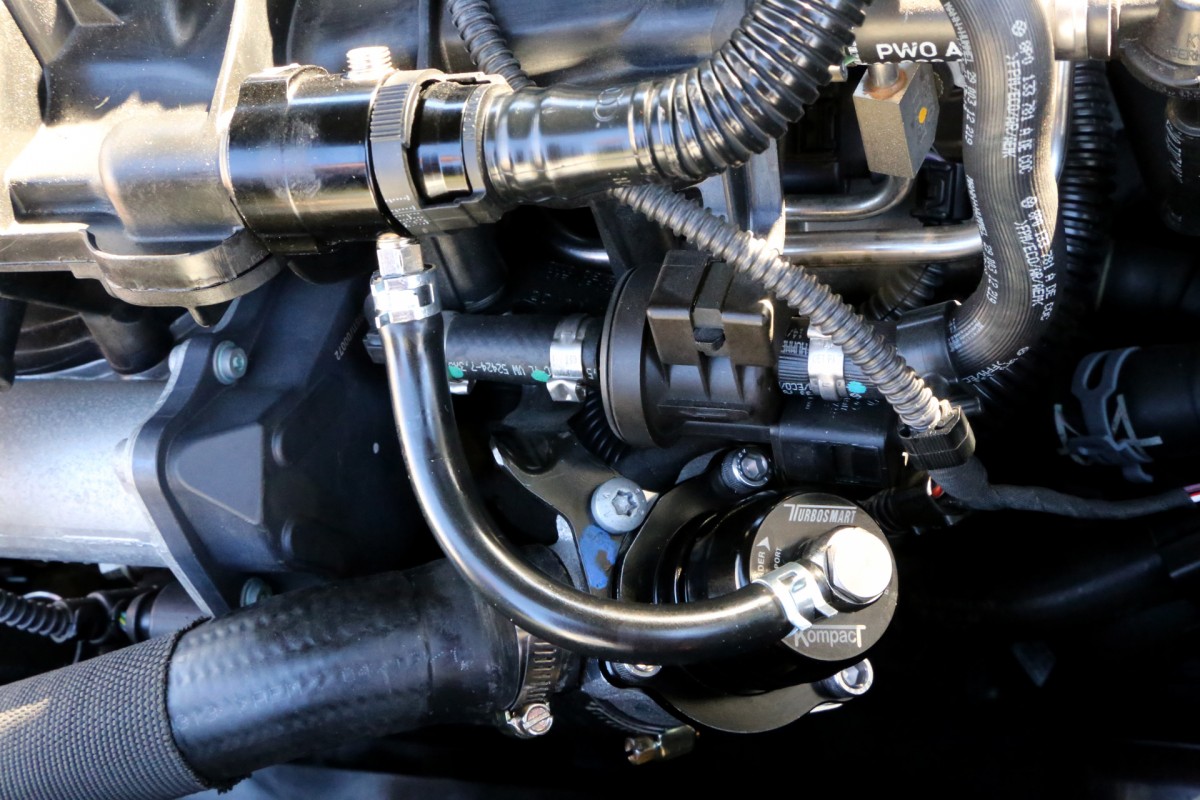
Why don’t manufacturers install blow-off valves in the original turbocharged cars?
Turbosmart: Back in the day, turbocharger technology was in its infancy, and there was not a lot of understanding and information about turbochargers and their ancillary systems. We think manufacturers did not install blow-off valves or bypass valves in original old school turbocharged cars, because at the time, they would have added a large cost to a vehicle, and the benefits (longer turbo life, quicker spool-up time, etc) weren’t as well understood as they are today. As turbochargers became more prevalent, and technology progressed, manufacturers realised that the benefits outweighed the extra cost of a blow-off valve or bypass valve. Today, manufacturers have a fantastic understanding of the technology and now all petrol turbocharger cars run some sort of bypass valve from the factory. Manufacturers have even gone as far as adding electronic control to the valve to minimise valve response time such as in the VW Golf 2.0L TFSI. Manufacturers don’t install vent to atmosphere blow-off valves onto current production cars because emissions laws require them to keep a closed system, where air is only allowed to enter via the air filter and exhaust to exit via the exhaust pipe.
No Subsitute For Boost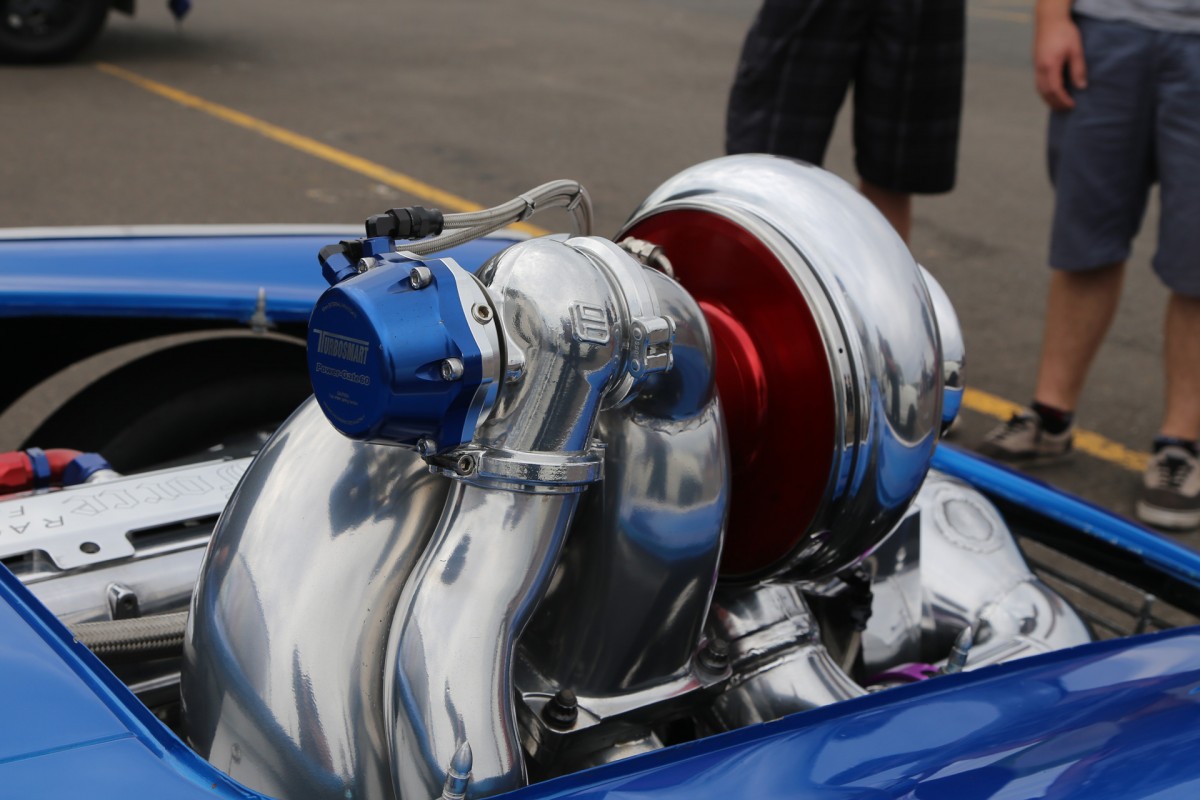
Is there any advantage to running the wastegate directly off the turbine housing?
Turbosmart: In theory, mounting the wastegate off the turbine housing will give you better control over exhaust because you’re controlling gases closer to the turbine wheel giving it better response. The problem with mounting it on the turbine housing, however, is that it spoils the exhaust flow in the location where the wastegate is mounted, and does not allow for the exhaust gas to remerge and smooth out before it hits the turbine wheel – thus affecting turbo spool up. This issue is amplified when the wastegate opens, which results in undesirable boost characteristics. Mounting the wastegate before the turbine keeps the turbine housing shape intact to smoothly guide exhaust gas into the turbine wheel.
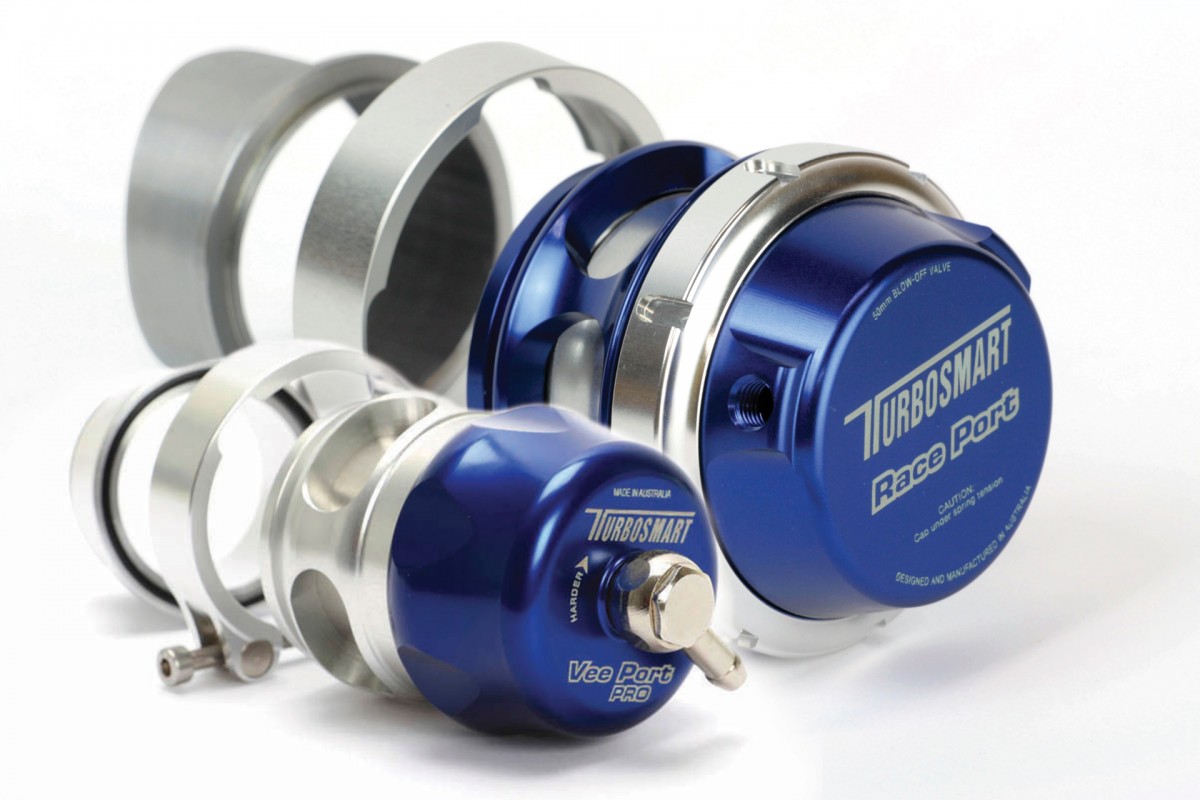
Piston driven blow-off valves versus diaphragm – which one is superior and why?
Turbosmart: There is no superior in this argument, both are good. In general, a diaphragm valve can be shorter but wider, while a piston valve is taller but narrower. A piston valve has fewer components but is heavier than a diaphragm style valve. The operation of both valves is similar so when we are designing a new valve, we choose either a piston or diaphragm based on the size limitations, and other wanted attributes of the desired product.
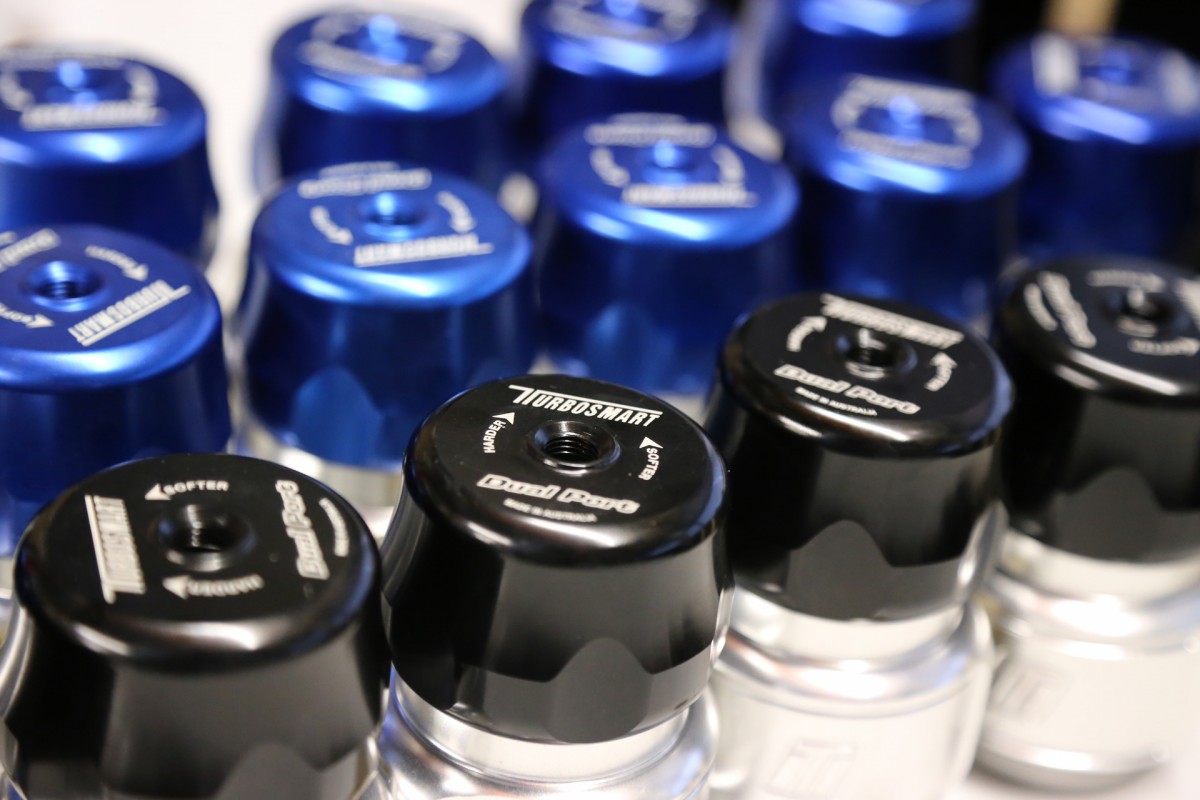
How can I measure if my blow-off valve is effective/tuned enough? I still hear ‘fluttering’ at certain loads and throttle angles when letting off. Is any amount of flutter bad?
Turbosmart: A blow-off valve should be tuned so that the spring is just firm enough to keep the valve closed at idle. A spring that is tuned too soft will open at idle have an adverse effect on idle quality. A spring that is tuned too stiff will ensure good idle quality, but will not open far enough for long enough, and therefore will not vent the desired volume of air. ‘Flutter’ is most common when backing off the throttle at light loads – where the vacuum generated is not sufficient enough to overcome the spring force of the valve, and therefore does not allow the valve to open sufficiently. For a more detailed definition of flutter, check out the information our website here. Technically any amount of flutter is not ideal, however in a real world application it may be impossible to eliminate completely, so reducing it to a minimum is best.
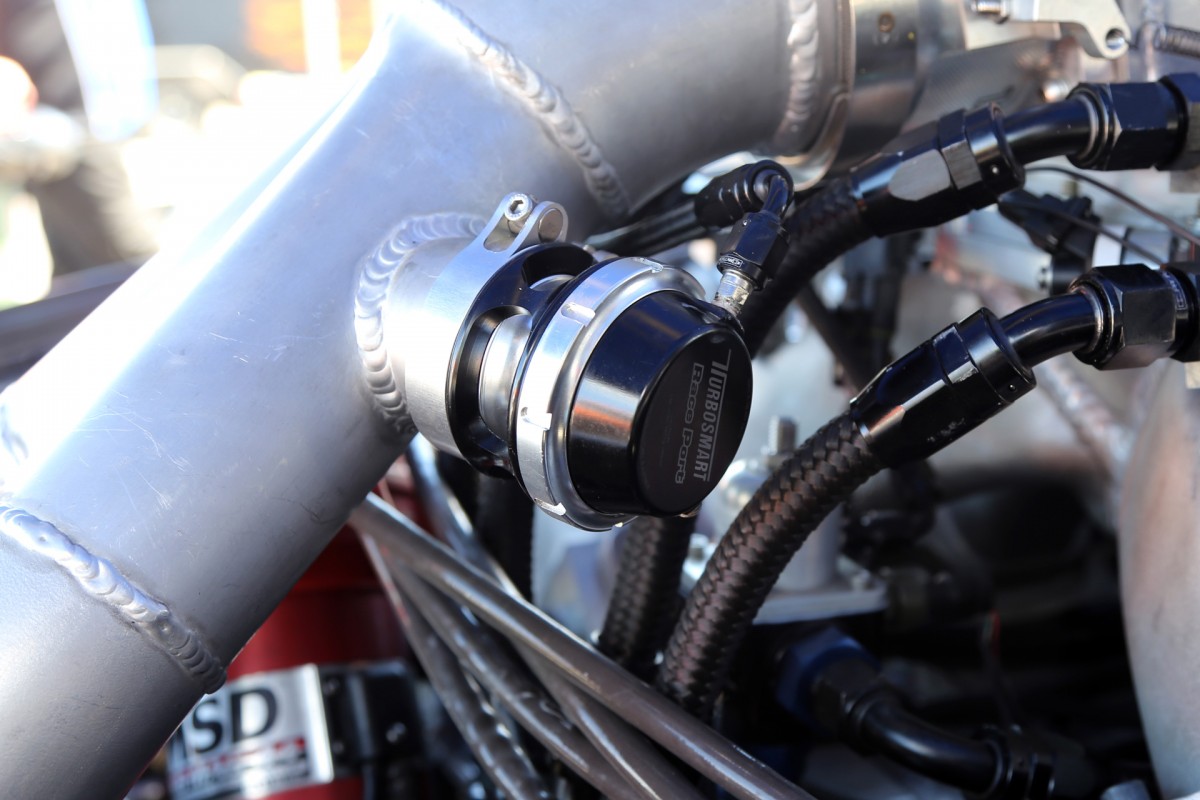
I’m thinking about replacing my Trust blow-off valve, with a Turbosmart Race Port blow-off valve, and have a couple of questions. 1. If i did install the Turbosmart blow-off valve would I need to retune the car for the new piece of equipment to reap any benefits? Would you recommend re-tuning after install? Would it be worth installing the blow-off valve controller? Would this give additional performance increases? The car has a build EJ25/20 engine, front-mount intercooler with a GT3082R running high boost and putting down over 400kW at the wheels. Looking for every advantage I can get. Any information appreciated.
Turbosmart: You don’t need a re-tune after installing the Race Port blow-off valve. You just need to make sure that the springs chosen for the blow-off valve are right for the vacuum produced by your engine, so that the valve is closed at idle but not too stiff so that the response is diminished. You won’t need a blow-off valve controller as it is designed for use in diesel engines, where there is traditionally no vacuum to control the blow-off valve.
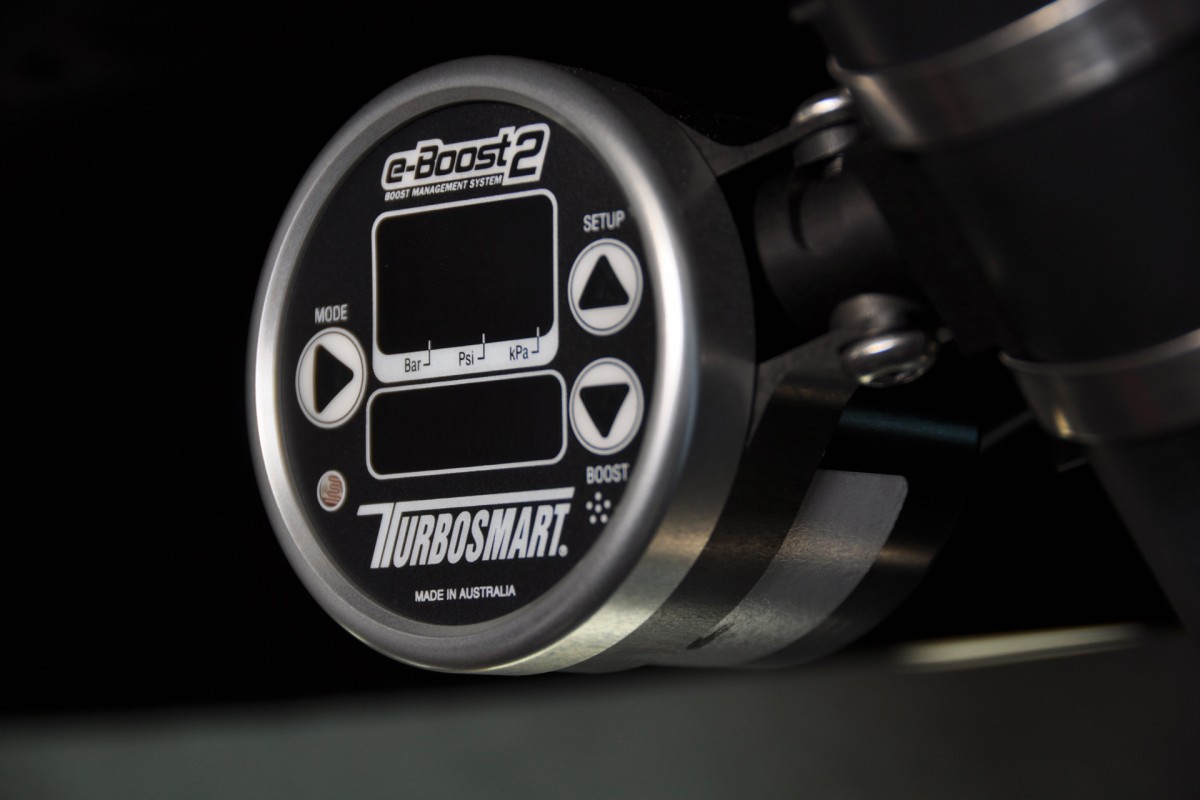
Age old question, which is more reliable – an electronic boost controller or a manual boost controller, and why?
Turbosmart: It depends on what you are referring to in terms of reliability; boost control reliability or functional reliability. In terms of boost control reliability, an electronic boost controller has its advantages in its ability to maintain a reliable boost curve and include safety measures – such over boost shut down and warning alarms. Electronic boost controllers are also installed in a fashion so in the case of an electrical fault, the solenoid remains in a state which reverts boost pressure back to the actuator spring pressure. A manual boost controller does not have as much scope to tune the boost curve, but has better functional reliability as there are no moving parts and there is no requirement for power – meaning there is very little to go wrong. One thing to note with any turbocharged car is that there always needs to be an ECU based boost cut or engine protection measure, in case of a mechanical failure to the wastegate (or pneumatic lines to the wastegate) which can cause overboost situations outside the boost controller’s ability to manage.
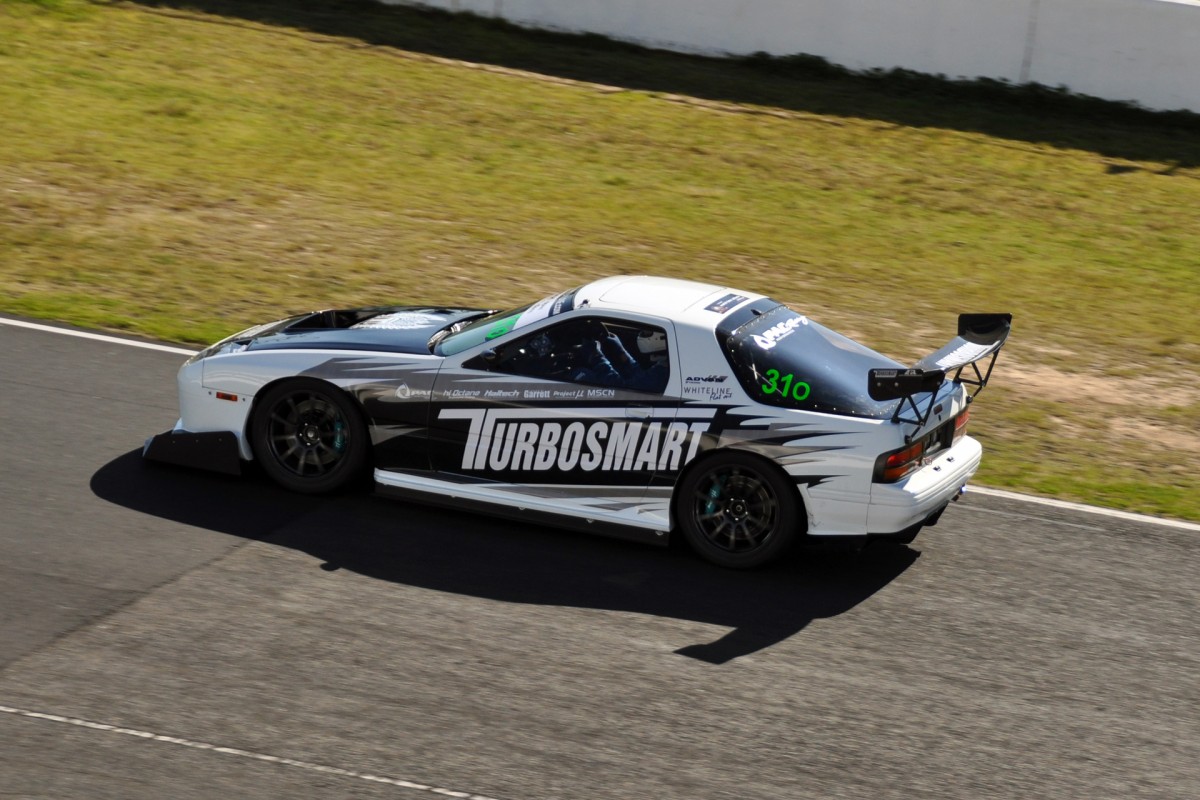
What level of analysis goes into your designs? Non-linear CFD? There are a lot of small companies making parts that ‘do the job’ so what do you do to make sure that your parts ‘do the job’ better? I’m talking about more than fit and finish here. What makes your stuff ‘performance’ instead of just ‘aftermarket’?
Turbosmart: We use a variety of methods which does include software packages to validate our designs. Our main validation is through on-road and race track testing, and data logging. Through rigorous real world testing on a number of different engines, we can ensure our new products perform as per their design specifications before they are released to the public. Our goal is always to design products which have a proven ability to increase performance or performance potential of the engine they are used with. If a new product doesn’t increase performance, and just ‘does the job’ it is refined, until a true performance advantage is seen.
Turbosmart
More Ask The Expert stories on Speedhunters
Turbosmart






I just want to say, this ask the expert thing is so cool. I enjoy it so much. And the fact that we've had like 3 in the past 2 weeks is awesome! Keep up the work speedhunters!
We're glad you're enjoying them F1Fan426! By the sounds of your name, you'll love the next couple of interviews we've got lined up too. Make sure to submit your questions in the comments of our recent stories!
Speedhunters F1Fan426 Already done! Can't wait to hear the answers. Who from the speedhunters team is at the Singapore GP this weekend?
This tech articles are very helpful for readers and great promotionnal effect for the brand. So cool for everybody !!
F1Fan426 Our Publisher Elizabeth White is already there.
An enjoyable read with some useful questions and answers for sure! I personally have a Race Port BOV from Turbosmart and love it--the sound(s), response, and appearance. I'm looking forward to updating all my hose clamps to Murray clamps next and this article now makes me want to update all my boost lines to AN braided hose for a little extra bling factor lol. *shake fist*
Love it. Thanks!
https://www.youtube.com/watch?v=ci6ECObIVZ4
Thanks for getting to my question! These ask the expert segments are some of my favorite articles here
Id like to know if blow off valves are a necessity or not... A lot of people on NASOIC dont even use them.
Man, these are answers and a half! Nice article.
Awesome article, great questions, well written answers. Will definitely be referencing the info when these hot topics arise!
Yay, my question (BOV flutter) was answered. That's one I've been getting lots of conflicting responses on from people. In truth, I'm not sure if it's the valve itself or the turbo charger that's giving off the flutter. However, even if it is just the valve, there's still a (probably small) fluctuating pressure wave hitting the compressor, causing the feedback the results in the valve flutter.
I've tried a lighter spring, but it leaks at idle. Now that I have a new cam it might be worth taking another crack at it. Possibly adding some preloading to the lighter spring if it still leaks.
On my manuel dual controller i got my low setting at 15 lb and my high setting is turned 3 times more and i cant still get above 15 lb want to go to 25 is the tee out let too small looks like it anyway. GTX 3528 turbo on 2jz Do i keep on turning looks like its going to fall out.
On my 2005 subaru sti when I'm wide open in 6th gear the car starts to shake violently. This only happens in 6th gear once I start to reach boost. My buddy told me I need a softer spring for my recirculating blow off and it should stop. 1. Is this true, will a softer spring make the shaking go away?, and 2. If I do replace the spring do I have to get it re-tuned again? Thanks.
can a ECO Smart blow valve blow my Turbo, causing me to get another one?
I have freightliner with 400hp and the at the egr controller pipes is suit up and the SME seem like can't escape. I am short of HP who can help?
Hi
I have a 911 996 Turbo with Forge Re-circ valves fitted and a DMS 502bhp remap. If the Remap is removed and set to factory spec 420bhp will I still have higher than standard (0.8) boost pressures ? Currently get 1.1 when pushing on.
Thanks
I have a twin screw supercharged motor that already runs with a bypass valve installed. My tuner suggested that I install another and he suggested that I use a Bosch version that was a standard factory fit on the XR6 Turbo falcon. I am not a fan of those plastic Bov's so would a 34mm Turbosmart Kompact plumb back do the job?
My only problem is that where the bov needs to go (between the blower & the intercooler) is a fair distance from the nearest vacuum port.
Hi new to boost scene but have a 3600 cc v6 alloytec engine 75mm throttlebody and a pair of internal wastegated Toyota CT12A turbos I want to fit low near auto transmission just wondering what needs to be done to the maf sensor and ecm? I know I need better fuel pump and bigger injectors and two BOV'S after the intercooler but just need information on those points
how can i tell when my boost tap is closed
Why am I getting extra boost after installing a boost controller but I haven't turned it up yet. It is set anticlockwise all the way. But my boost jumped from 10 psi to 17 instantly
Can I run the vacuum line for the waste gate and manual boost controler from the carb? Or must I run it from the turbo?